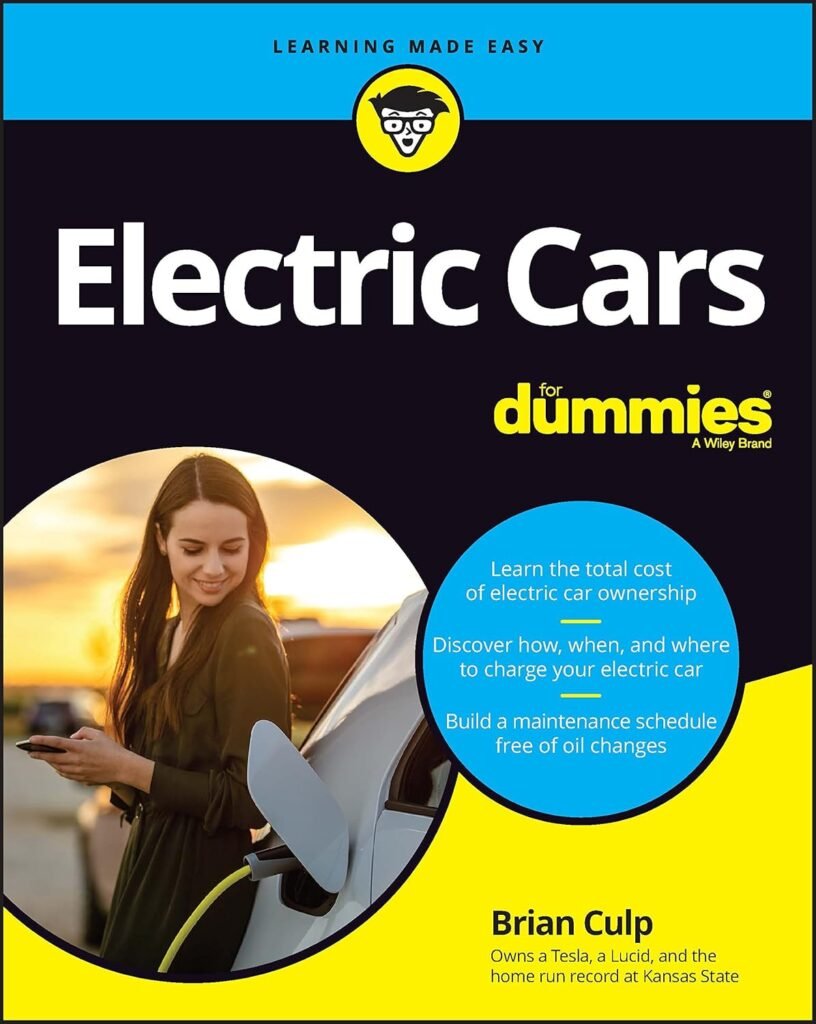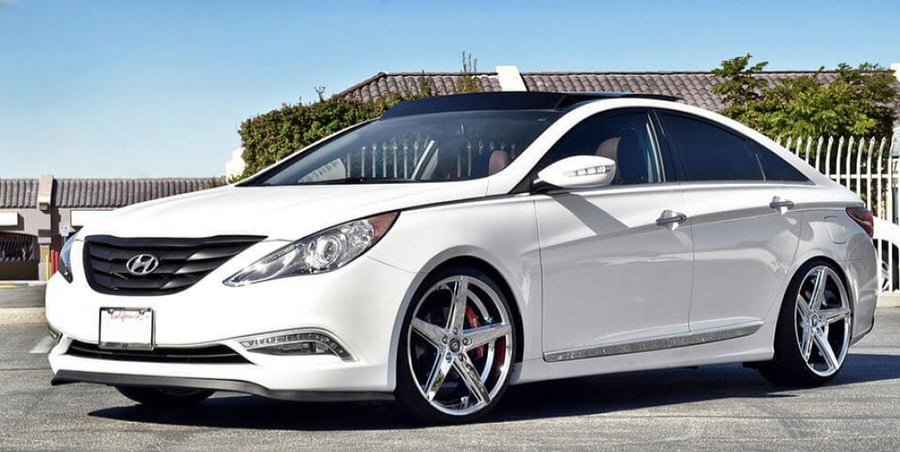
As electric vehicles (EVs) continue to rise in popularity, more car enthusiasts and everyday drivers are beginning to ask whether these modern machines can be personalized and enhanced just like their gas-powered predecessors. Korean EVs, in particular—such as those from Hyundai and Kia—are earning global praise for their innovation, value, and style. But how easy is it to modify and tune them?
The Basics of Modifying EVs
Modifying electric vehicles isn’t quite the same as tweaking a traditional gasoline car. There’s no turbocharger to swap, no exhaust system to replace, and far fewer moving engine parts to enhance. Instead, most EV modifications are software-based or focused on aesthetics and handling.
Korean EVs: Built with Innovation, but Locked Down
Hyundai and Kia, under Hyundai Motor Group, have developed highly advanced EV platforms like the E-GMP (Electric Global Modular Platform), which powers models such as the Hyundai IONIQ 5, IONIQ 6, and Kia EV6. These vehicles feature impressive acceleration, long ranges, and cutting-edge tech.
However, when it comes to tuning and modification, they are relatively locked down:
- Software Restrictions: Manufacturers typically secure the vehicle’s control systems, making it difficult to access or modify performance settings without specialized tools or risking warranty voidance.
- Limited Aftermarket Support: The aftermarket tuning scene for Korean EVs is still in its infancy compared to Tesla or some European brands. Fewer companies offer performance upgrades or tuning software for these models.
- Battery Management Systems: Modifying battery behavior or power output can be risky. Korean EVs use complex BMS (Battery Management Systems) to maintain safety and longevity, and unauthorized tampering could lead to serious safety concerns.
What Can You Modify?
Despite the challenges, there are areas where Korean EVs can be customized:
- Suspension and Wheels: Upgrading to sportier suspension systems or custom wheels is straightforward and can enhance handling or aesthetics.
- Exterior Mods: Wraps, body kits, spoilers, and lighting upgrades are popular ways to personalize Korean EVs.
- Interior Customization: Dash trims, seat covers, infotainment skins, and ambient lighting can be swapped or upgraded.
- Software Tuning (Cautiously): Some enthusiasts and third-party developers are beginning to explore safe ways to tweak regen braking levels, acceleration response, or interface customization—though these are niche and should be approached with care.
The Future: More Possibilities Ahead?
As EV tuning culture grows and Korean automakers become more open to third-party innovation, the landscape may shift. Hyundai, for example, has hinted at more open architecture for software-defined vehicles in the future. With the right regulatory and security frameworks, software tuning might eventually become as common as ECU remaps were in the gas-powered era.
Conclusion
While it’s currently not easy to deeply modify or tune Korean electric cars in the traditional sense, aesthetic and handling upgrades are accessible—and the potential for future software tuning is promising. As the market matures, so too will the tools and communities that support EV modification.

